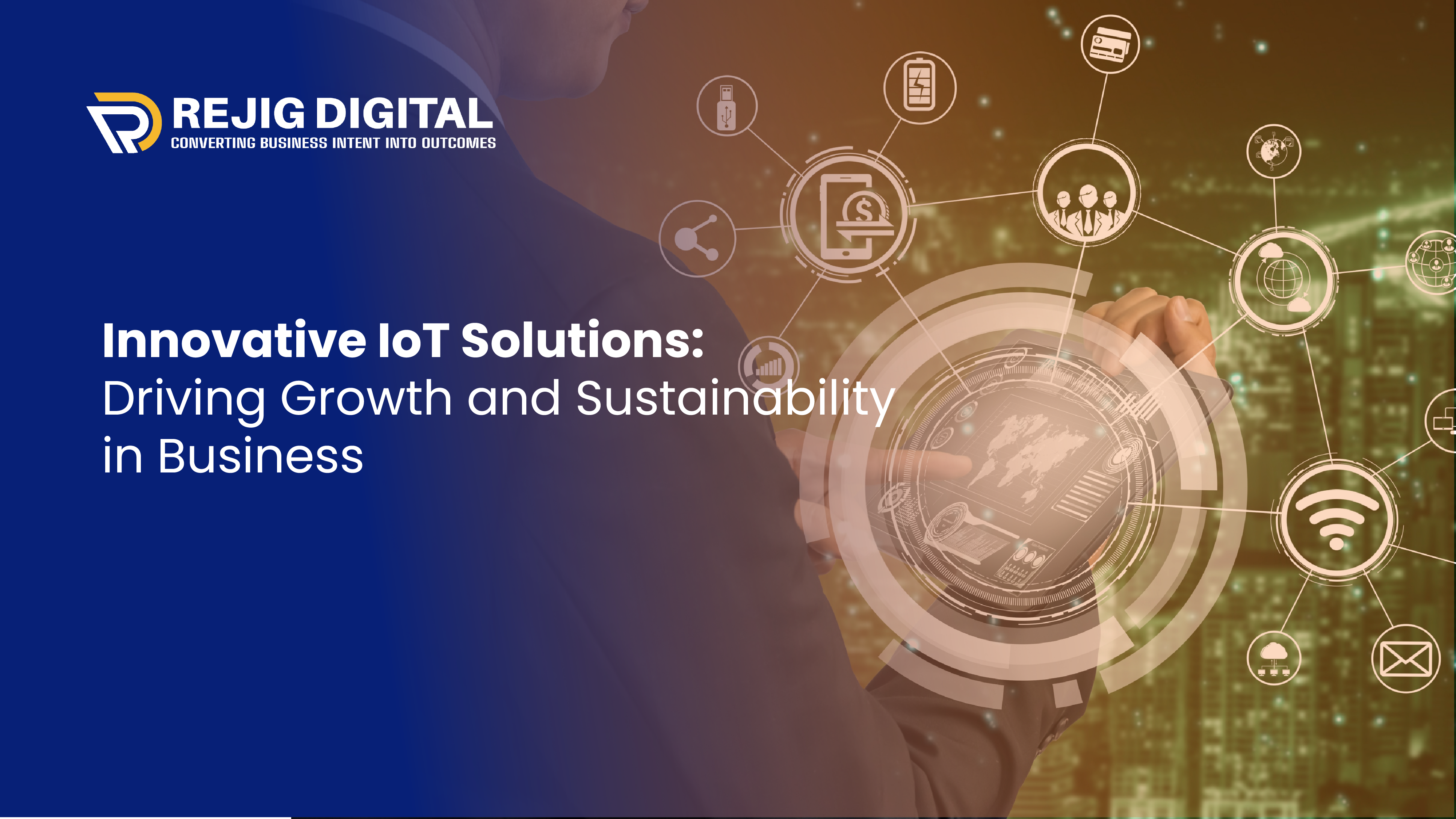The Internet of Things is not a new technology for industrial processes. However, cloud computing has helped make it more reliable for high-risk environments such as oil refineries. Adopting technology for monitoring such environments can help prevent severe collateral damage.
Consumer-level IoT has only scratched the surface of the true potential of this technology. However, at an industrial level, there are regular innovations that make it the smart choice in monitoring systems.
In fact, as per a Microsoft report, 47% of businesses surveyed already used IoT in their operations. Moreover, the report predicted that about 97% were expected to add it by the end of 2021.
The energy industry isn’t quite known to lead the charge in IoT adoption. Nevertheless, it has increased investments in IoT by more than double in the last five years. The above graph is enough to tell about this increased interest in IoT technologies.
How Does IoT Work?
IoT is similar to how the internet is a global network of computers that transmit data to one another. It is a revolutionary technology that lets various devices communicate across a network. In the consumer sphere, it can connect lights, toasters, refrigerators, etc., across a home network to let the user control them from anywhere in the world.
Industrial IoT Solutions takes this a step further with advanced IoT Monitoring Platforms that communicate with various machinery and monitor them via various sensors. This provides a 24×7 layer of surveillance on the industrial equipment, thereby reducing dependence on human workers prone to errors.
Using these solutions in an oil refinery can help relay real-time information to the site managers, even when they aren’t on-site. Moreover, it can also help improve efficiency.
For example, when adjusting a valve to alter flow rate, sensors can provide flow readings to the valve, and a servo can adjust the valve to an exact degree to obtain the desired flow.
Requirements of Implementation
Implementing IIoT in a modern refinery has the following basic requirements:
1. Auto-Updating Cloud Storage
Out of each terabyte of raw data generated daily at a refinery, only 1% is useful. An auto-updating cloud storage medium that deletes unused data after a fixed period will help prevent extensive storage costs.
2. Precise Sensors and Actuators
Monitoring the processes at a refinery requires extremely precise sensors that can function under extreme conditions. In addition, actuators are also required to execute commands of the IoT application.
3. Steady Internet Connectivity
A reliable internet connection is essential for a refinery monitoring system. Missing out on machinery status updates can spell disaster in most cases.
4. Robust Application
The IoT monitoring tool also requires a robust application that delivers an intuitive GUI and ensures lag-free usage.
Also Read : Top Digital Transformation Trends Shaping The Manufacturing Industry
Benefits of IoT in Refinery Monitoring Systems
1. Predictive and Active Maintenance
Thanks to the use of machine learning models, monitoring platforms can check for data trends that predict failure. When the failure is predicted, it informs the supervisors to perform a maintenance check a few days before the predicted failure.
2. Efficiency Boost
A functional refinery has various equipment that must work in synergy to ensure efficient oil production. However, maintaining accuracy is nearly impossible when done manually. Instead, with IoT, it is performed automatically thanks to real-time sensor data analysis and instant execution via the actuators.
3. Instant Risk Management
While the risks in the refinery process can never be fully eliminated, IoT can help you combat them as soon as they arise. This happens in a quick and easy process:
- First, the sensor sends a continuous flow of data from the machinery.
- Then, the platform’s intelligence detects an anomaly in the trends and analyses it for identification.
- Based on the anomaly identification, the IoT system can either make counter-measures via actuators, notify the supervisors, or do both.
Apart from this process, the IoT application can also show real-time readings to the supervisors. This can actively reduce the chances of machine-based errors caused by false negatives.
4. Insights for Improvement
IoT can be beneficial to refineries in ways other than only monitoring. Most refineries can further optimize their variables to boost production without an increase in risk. The refinery monitoring solution can provide meaningful insights that will help them achieve this.
Conclusion
The Internet of Things (IoT) can benefit refineries by optimizing their production and monitoring for risks on an active basis. With them, a refinery can:
- Experience lower instances of failure and downtime
- Minimize damages and lethal situations
- Boost efficiency to the highest possible values
Having these features in a refinery can massively improve production while also accommodating scalability. Incorporating IoT into a refinery’s monitoring system can mean a major return on investment. If you desire similar results in your oil refinery, then be sure to check out how effective IoT systems can help you achieve these goals.






